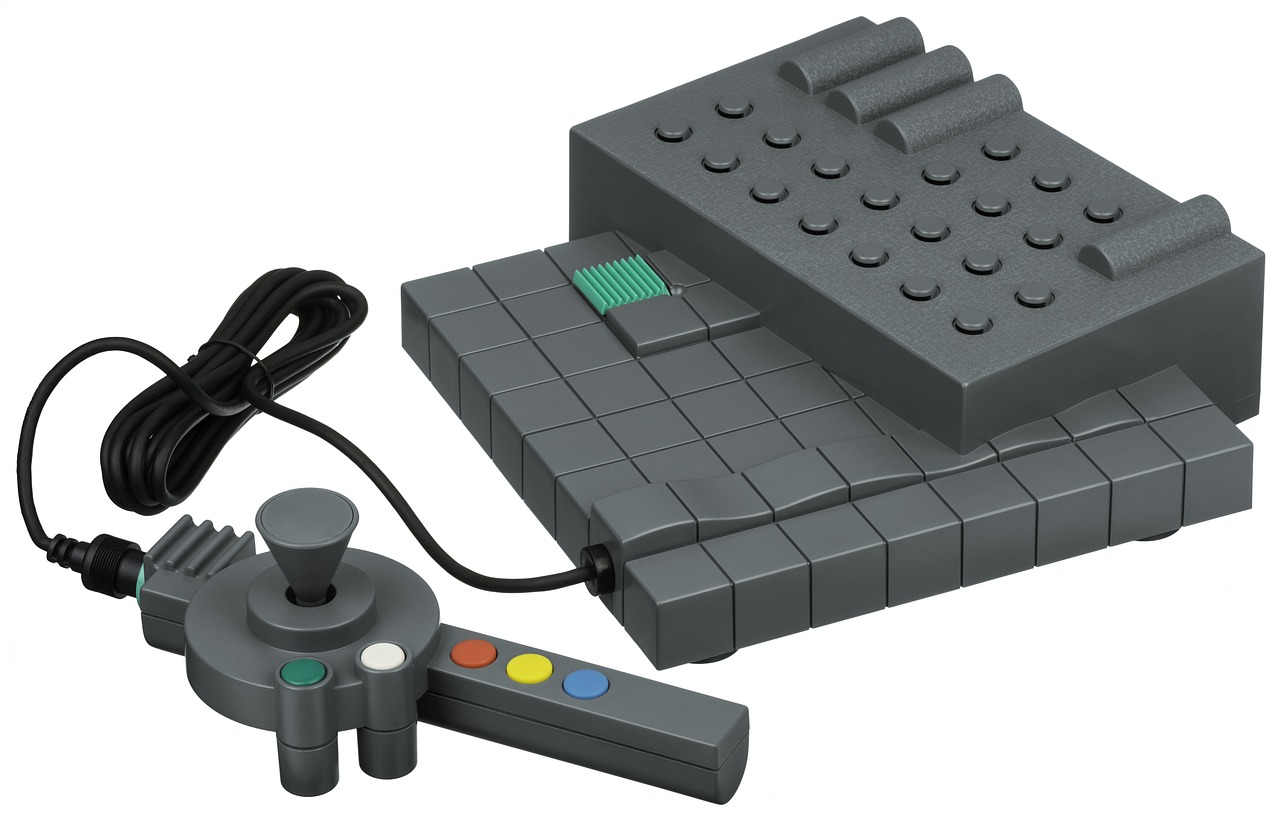The Role of PLC Master Controller in Modern Automation Systems
PLC master controller, also known as programmable logic controller, plays a crucial role in modern automation systems. It acts as the brain of the system, receiving input signals from various sensors and devices, processing them according to a set of pre-programmed rules, and then sending output signals to control the operation of other equipment. PLC master controller ensures the efficient and precise execution of tasks, monitors the system's performance, and makes adjustments when necessary. It also communicates with other PLCs or computers in the system to exchange data and ensure synchronization. Overall, the PLC master controller is a key component in modern automation systems, contributing to their efficiency, precision, and smooth operation.
In the world of industrial automation, the PLC (Programmable Logic Controller) master controller is a crucial component that performs a variety of functions to ensure the efficient and effective operation of machinery and processes. From simple machine automation to complex manufacturing systems, the PLC master controller serves as the brain that directs the actions of other devices and systems.
The PLC master controller is tasked with collecting input signals from various sources such as sensors, switches, and other input devices. These signals may represent physical conditions such as temperature, pressure, or the presence of a certain material. The PLC then processes these signals according to a pre-programmed logic or set of instructions. These instructions are typically written in a high-level programming language specifically designed for PLCs, such as Ladder Logic or Structured Text.

Based on the processed input signals, the PLC master controller generates output signals that control the operation of output devices such as motors, solenoids, or displays. For example, if a sensor detects that a certain condition has been met, the PLC can send a signal to activate a motor or switch to perform a specific action. This action could range from something as simple as turning on a light to more complex tasks like sequencing the operations of a robotic arm.
One of the key benefits of using a PLC master controller is its flexibility. PLCs can be programmed to perform a wide range of tasks, making them highly versatile in different applications. They can also be easily reprogrammed to change the behavior of the system, allowing for quick adaptation to new processes or requirements. This adaptability is particularly useful in manufacturing environments where production lines may need to be quickly reconfigured to meet changing market demands.
In addition to its role in basic on-off control, the PLC master controller can also perform more advanced functions such as timing, counting, and arithmetic operations. For instance, a PLC can be programmed to count the number of items passing through a conveyor belt and trigger an alert if the count reaches a certain level. This capability extends the functionality of PLCs well beyond simple on-off control, making them integral to many modern automation systems.
Communication and networking are also essential aspects of the PLC master controller's role. PLCs are designed to communicate with other devices and systems, allowing for the exchange of data and the coordination of tasks. This communication may take place over wired or wireless connections, depending on the specific application and requirements. By networking PLCs together, users can create complex automated systems that span multiple machines and processes, all controlled from a single, centralized interface.

Of course, the role of the PLC master controller in modern automation systems is not limited to these few examples. PLCs are used in countless other applications, from building automation systems that control lighting and heating to automated manufacturing lines that produce thousands of items per hour. In each of these cases, the PLC serves as the brain of the operation, receiving input signals, processing them according to programmed instructions, and then sending out appropriate output signals to control the desired action.
In conclusion, the PLC master controller plays a crucial role in modern automation systems. Its ability to receive and process input signals, generate output signals to control devices, perform advanced functions like timing and counting, and communicate with other systems makes it an essential component for achieving efficient and effective automation in a wide range of applications. From simple machine automation to complex manufacturing systems, the PLC master controller stands at the heart of every automated operation, ensuring that tasks are performed accurately and efficiently.
Articles related to the knowledge points of this article:
Design of Huanggang PLC Controller
PLC Controller Programming: What It Is and How It Works
PLC Controller Quality Detection Information
PLC Controllers: Are They Useful?